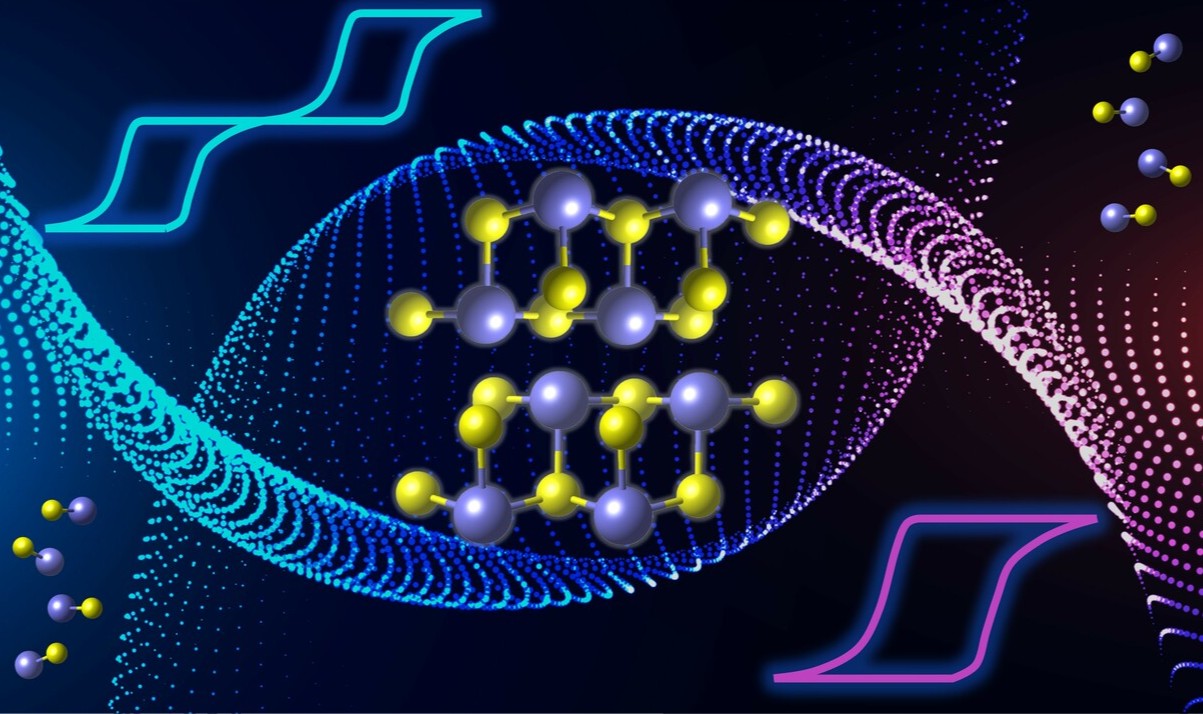
Antiferroelectricity might sound like a mouthful, but it's a fascinating topic in the world of materials science. Antiferroelectric materials have unique properties that make them incredibly useful in various applications, from electronics to energy storage. Unlike ferroelectric materials, where electric dipoles align in the same direction, antiferroelectric materials have dipoles that align in opposite directions, canceling each other out. This results in some pretty cool characteristics, like high energy density and the ability to switch states quickly. Understanding these materials can lead to advancements in technology, making our gadgets more efficient and powerful. Ready to learn more? Let's dive into 25 intriguing facts about antiferroelectricity!
What is Antiferroelectricity?
Antiferroelectricity might sound complex, but it's a fascinating topic in the world of materials science. This phenomenon occurs in certain materials where adjacent dipoles align in opposite directions, canceling each other out. Let's dive into some intriguing facts about antiferroelectricity.
-
Antiferroelectricity was first discovered in 1951. Researchers found this unique property in lead zirconate (PbZrO3), a ceramic material.
-
Antiferroelectric materials have a crystal structure. These materials often exhibit a specific arrangement of atoms that allows for the unique alignment of dipoles.
-
They are the opposite of ferroelectric materials. While ferroelectric materials have dipoles aligned in the same direction, antiferroelectric materials have dipoles aligned in opposite directions.
-
Antiferroelectricity can be temperature-dependent. Some materials only exhibit antiferroelectric properties at certain temperatures.
-
They have a characteristic double hysteresis loop. When an electric field is applied, the polarization of antiferroelectric materials shows a distinctive double-loop pattern.
Applications of Antiferroelectric Materials
Antiferroelectric materials aren't just scientific curiosities; they have practical applications too. Their unique properties make them useful in various fields.
-
Used in energy storage devices. These materials can store and release large amounts of energy, making them ideal for capacitors.
-
Potential in memory devices. Antiferroelectric materials could be used in non-volatile memory devices, which retain data without power.
-
Useful in actuators. Their ability to change shape under an electric field makes them suitable for precise movement control in actuators.
-
Employed in sensors. These materials can detect changes in pressure, temperature, or electric fields, making them useful in sensors.
-
Utilized in medical devices. Their unique properties can be harnessed in medical imaging and diagnostic equipment.
Unique Properties of Antiferroelectric Materials
Antiferroelectric materials possess several unique properties that set them apart from other materials. These properties are what make them so interesting to scientists and engineers.
-
High dielectric constant. Antiferroelectric materials have a high dielectric constant, which means they can store more electric charge.
-
Exhibit phase transitions. These materials can change phases under different conditions, such as temperature or electric field.
-
Show piezoelectric effects. When mechanical stress is applied, they generate an electric charge, a property known as piezoelectricity.
-
Can be engineered for specific properties. Scientists can modify the composition of these materials to tailor their properties for specific applications.
-
Have a high energy density. This makes them ideal for applications requiring compact energy storage solutions.
Challenges in Antiferroelectric Research
Despite their potential, there are challenges in studying and utilizing antiferroelectric materials. Researchers are continually working to overcome these obstacles.
-
Difficult to synthesize. Creating pure antiferroelectric materials can be challenging due to the precise conditions required.
-
Complex behavior under electric fields. Understanding how these materials behave under different electric fields is still an area of active research.
-
Temperature sensitivity. Their properties can change with temperature, which can be a limitation in some applications.
-
Limited availability of materials. Only a few materials exhibit antiferroelectric properties, limiting the options for researchers.
-
Integration with existing technology. Incorporating these materials into current technology can be challenging due to compatibility issues.
Future of Antiferroelectric Materials
The future of antiferroelectric materials looks promising. Advances in technology and research are paving the way for new applications and discoveries.
-
Potential in advanced electronics. As electronics continue to evolve, antiferroelectric materials could play a crucial role in developing new devices.
-
Role in renewable energy. Their high energy density makes them suitable for use in renewable energy storage solutions.
-
Advancements in medical technology. Continued research could lead to new medical devices and diagnostic tools.
-
Development of smart materials. Antiferroelectric materials could be used to create smart materials that respond to environmental changes.
-
Contribution to scientific understanding. Studying these materials helps scientists understand fundamental properties of matter, leading to new discoveries in physics and materials science.
Antiferroelectricity: A Quick Recap
Antiferroelectricity, a fascinating phenomenon, plays a crucial role in modern technology. Unlike ferroelectric materials, antiferroelectrics have dipoles that align in opposite directions, canceling each other out. This unique property makes them valuable in various applications, from capacitors to memory devices. Understanding antiferroelectricity helps in developing more efficient and compact electronic components.
Research continues to uncover new materials and potential uses for antiferroelectrics. Scientists are exploring ways to enhance their properties, making them even more versatile. As technology advances, the importance of antiferroelectric materials will likely grow, contributing to innovations in electronics and beyond.
In summary, antiferroelectricity is not just a scientific curiosity but a key player in the future of technology. Keeping an eye on developments in this field can provide insights into the next generation of electronic devices.
Was this page helpful?
Our commitment to delivering trustworthy and engaging content is at the heart of what we do. Each fact on our site is contributed by real users like you, bringing a wealth of diverse insights and information. To ensure the highest standards of accuracy and reliability, our dedicated editors meticulously review each submission. This process guarantees that the facts we share are not only fascinating but also credible. Trust in our commitment to quality and authenticity as you explore and learn with us.
